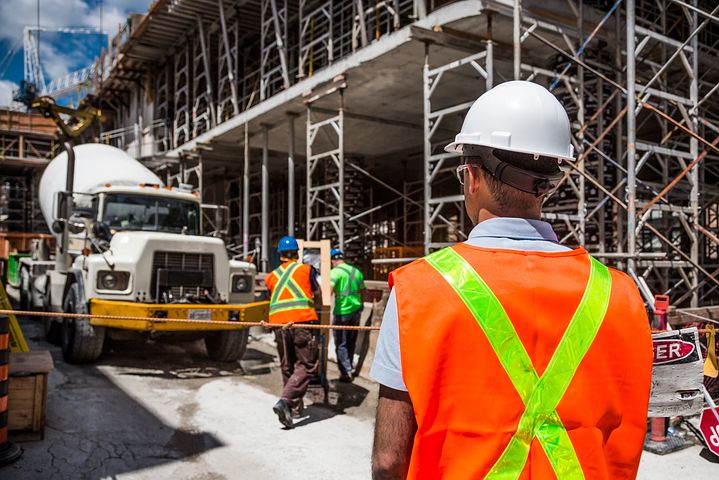
Why Operators Require Training Before Using Scaffoldings
There are some scaffoldings that can be purchased and utilised by any type of constituency.
Particularly from the major retail chains that sell stock in this industry, there are no checks or balances necessary to find these user-friendly materials for domestic projects.
However, there are other systems that do require extensive training in order to be following professional protocol.
There are too many workplace accidents and deaths that can be attributed to falls from these structures, cases that could have been avoided in many scenarios.
We will examine why training is a key component for using these designs.
Following Correct Inspection Parameters
Operators who are about to utilise scaffoldings for their own professional purposes need to understand the checks and balances that are put into place before stepping foot on the structure. With the use of inspection tags to correct access to a ladder, weight loading parameters identified and the presence of any obstacles or hurdles that could present a health and safety hazard, these provisions have to be understood by all parties.
How to Erect & Dismantle Product
For developers who are shifting across work sites with the aid of scaffoldings, they need to be trained about how these units are erected and how they are dismantled. There will be unique demands according to the profile of the design, ranging from the single to the double units, the suspended units, the trestle brands and the supported systems. Users need to gauge how they are constructed and how they can be brought down safely before being maneuvered to the next location.
How to Transport The Structure
Moving scaffoldings from point A to point B can be a project all unto itself, but with the assistance of some valuable training from qualified professionals, individuals will have confidence to carry out this process independently. Much of this element will be managed through the vehicle itself, detailing how trucks and trailers offer suitable support for materials that need to be protected when they are on the open road.
How to Implement Added Safety Features
There is no question that the use of safety features with scaffoldings saves lives. From the security of planks to the aid of hooks and harness link connection points, these utilities can be included as part of the overall package from a supplier or introduced at a later date. These implementations are not in place to cover over shortcomings with the structure but to compliment individuals who need to avoid slips and falls at all cost.
Correct Positioning & Placement
When scaffoldings are placed in vulnerable environments, workers get hurt. This is where the use of training placements are critical, allowing operators to assess where these goods will be located and how they can be protected from collapsing. Of course the natural elements are unpredictable and introduce a degree of chaos to proceedings, but the profile of the surface with grass, concrete, gravel, clay or standard soil can be negotiated ahead of time. This is where specialists will advise people on how they can engage safe protocols for positioning and placement of the model.
How to Work as a Team or an Individual
Depending on the type of design that is in place, it is important for participants to take part with their training regiment to operate with autonomy on a worksite. Some single supported designs will be geared towards one or two users while the double units can cater to development groups. It is another example why training with scaffoldings is so valuable for community members, allowing them to assess how many bodies the product can hold and what tasks they can carry out at any one time.
